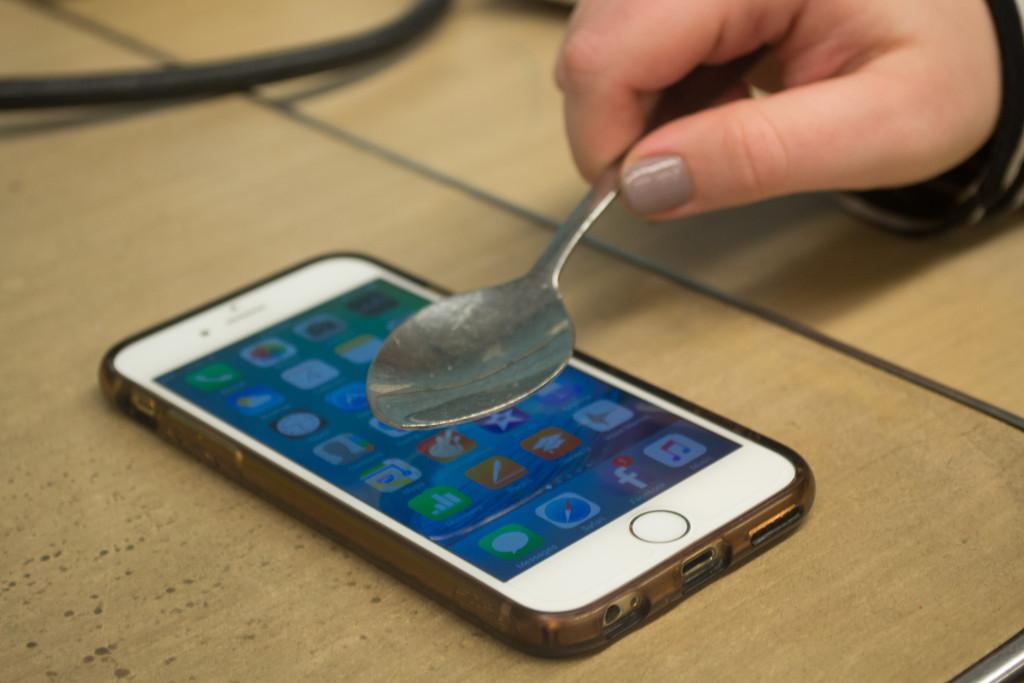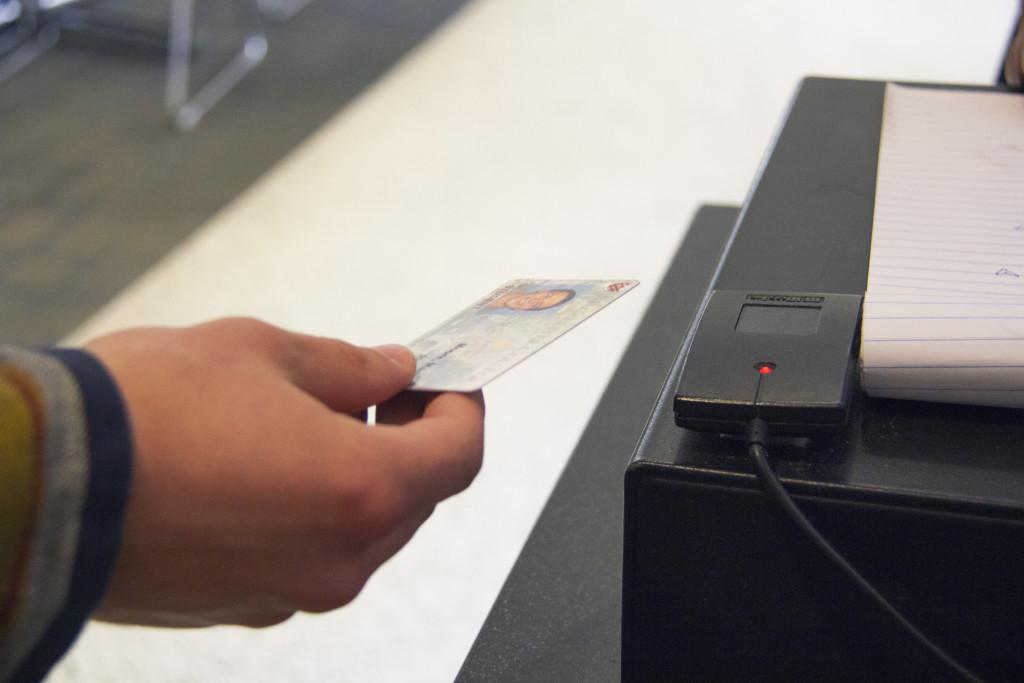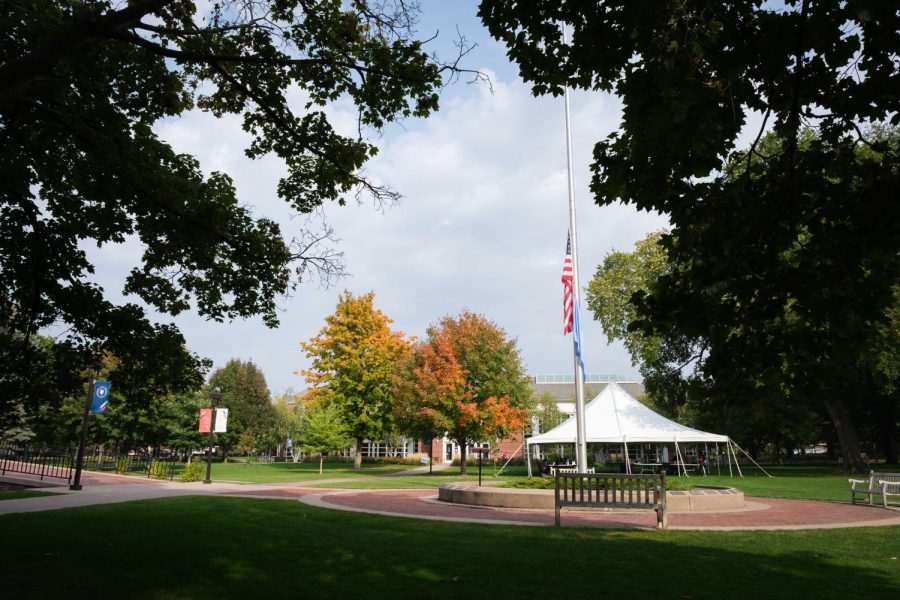We live in an age of plastic. Take a moment to count how many items in your immediate surroundings are made of plastic. Three hundred million tons of plastic is produced every year worldwide, a number that is increasing. Plastics have become more than a material — they are a way of life. What is plastic exactly? Where does it come from? How is it made?
Plastics are composed mostly of carbon atoms. Carbon is unique among the common elements on our planet, as it can make four chemical bonds with neighboring atoms. In contrast, hydrogen atoms can only make one and oxygen atoms can only make two. The chemistry of life is made possible by the immense variety of ways carbon atoms can be connected. This essential property of carbon is also what makes plastic possible.
Plastics are a part of a much larger group of chemicals called polymers, from the Greek words for many (poly) and part (mer). Polymer molecules are long chains of repeating smaller molecules, which are called monomers. Wood is a common natural polymer, as are rubber and cotton. Chemists use clever reaction schemes to link together all sorts of monomers to make new polymers with different characteristics — the polyester in synthetic cloth, the rigid PVC plastic in your student ID card or the sole of a boot for an astronaut’s space suit.
Polymer chemist and Macalester graduate Marc Rodwogin was recently hired as lab supervisor for the chemistry department. As a college student, he worked on a summer research project in Professor Ronald Brisbois’ chemical synthesis lab. One day, something unexpected happened. An experiment went horribly wrong, resulting in a gob of hard, yellow goo stuck to the inside of the test tube. Many small, freely moving molecules in a liquid had linked together to form a large, rigid structure — a polymerization reaction. Rodwogin recalled that he could “touch it and hold it and feel it and twist it and break it.” That was the day he discovered his passion for polymer chemistry: “Making something I can play with is interesting chemistry.”
The world’s most popular synthetic polymer is polyethylene, which is used in #2 plastic, also known as High Density Polyethylene (HDPE) and #4 plastic, or Low Density Polyethylene (LDPE). As the name suggests, polyethylene is made of multitudinous ethylene molecules linked together. Ethylene is a colorless gas with a sweet scent. It is a very simple molecule, with a center of two strongly-bound carbon atoms and four hydrogen atoms at the sides. In plants, ethylene serves as a hormone that stimulates growth. Tiny amounts of it are emitted by fruit as they ripen, which is why a ripe banana will cause others touching it to ripen faster. In large amounts, ethylene gas has a hallucinogenic effect. A natural fault line was discovered at Mount Parnassus in Greece where clouds of ethylene gas are thought to have once vented from underground. The fault passes under the ruins of the Temple of Apollo, where ancient Greek heroes came to hear the predictions of the Oracle of Delphi. The priestess would retreat to a small underground chamber to prepare for deep spiritual trances. A geologist at Wesleyan University believes the Oracle performed her sacred divinations thoroughly intoxicated by ethylene.
In the petrochemical plastics industry, ethylene gas is derived from crude oil. The purified gas reacts under high heat and pressure with other chemicals to cause the ethylene molecules to stack end-to-end, making a polyethylene chain. The polymer chain is simply a long row of carbon atoms surrounded by hydrogen atoms. As the hot mess of polymer chains cools, the chains curl and tangle around each other to make a solid structure. Depending on the recipe, one can made #2 plastic for hard laundry detergent bottles or #4 for stretchy plastic wrappers.
Rodwogin’s area of interest is biorenewable plastics. The compostable plastic utensils offered at on-campus dining sites are made with a material called Polylactic Acid (PLA). PLA is formed by using lactic acid as a monomer. Your muscles naturally produce lactic acid, causing the burning sensation in your body felt after a long workout.
Plastics can be made with lactic acid at PLA factories using E. coli bacteria. Bacteria in vats “chew up sugar from corn and spit out lactic acid, and then gets run through a massive chemical reactor”. This results in a ring-shaped molecule made from two lactic acids, called a lactide. After additional processing, the lactide rings polymerize, forming a rigid plastic. “You can mold it, or you can melt it, or you can compress it, or do anything that you can do with a petrochemical based plastic,” explains Rodwogin. There is one complication. “It’s not biodegradable in your backyard. You can’t just bury it in Shaw Field and expect it to go away.” Biorenewable plastics have to be disposed of in high temperature industrial composters.
The science of biorenewable plastics is new. The petrochemical industry has generations of chemistry research supporting its products.
“You have to outdo performance and do it cheaper. That’s not easy,” Rodwogin admitted. The biggest barrier to the proliferation of biorenewable plastics is the low price of oil, which keeps petrochemical plastics absurdly cheap to manufacture. However, Rodwogin is optimistic that innovation will make a difference. “Biorenewable is going to catch up soon. We are making strides.”
Curious about science? Want to know how some technology works? Email me at [email protected] and your question might be featured in a future column!












Tracey Parsons • Sep 10, 2019 at 6:07 pm
One more thing. I do believe that there are numerous travel insurance internet sites of reputable companies that permit you to enter your holiday details and find you the rates. You can also purchase this international travel insurance policy on internet by using your credit card. Everything you should do is usually to enter your travel details and you can see the plans side-by-side. You only need to find the plan that suits your budget and needs after which it use your credit card to buy the item. Travel insurance online is a good way to take a look for a respectable company regarding international holiday insurance. Thanks for discussing your ideas.
Christopher Scott • Sep 6, 2019 at 1:41 pm
some really interesting information, well written and loosely user pleasant.
Sean Hamano • Jul 23, 2019 at 8:54 am
Mass parsite http://bit.ly/2W9CVkn